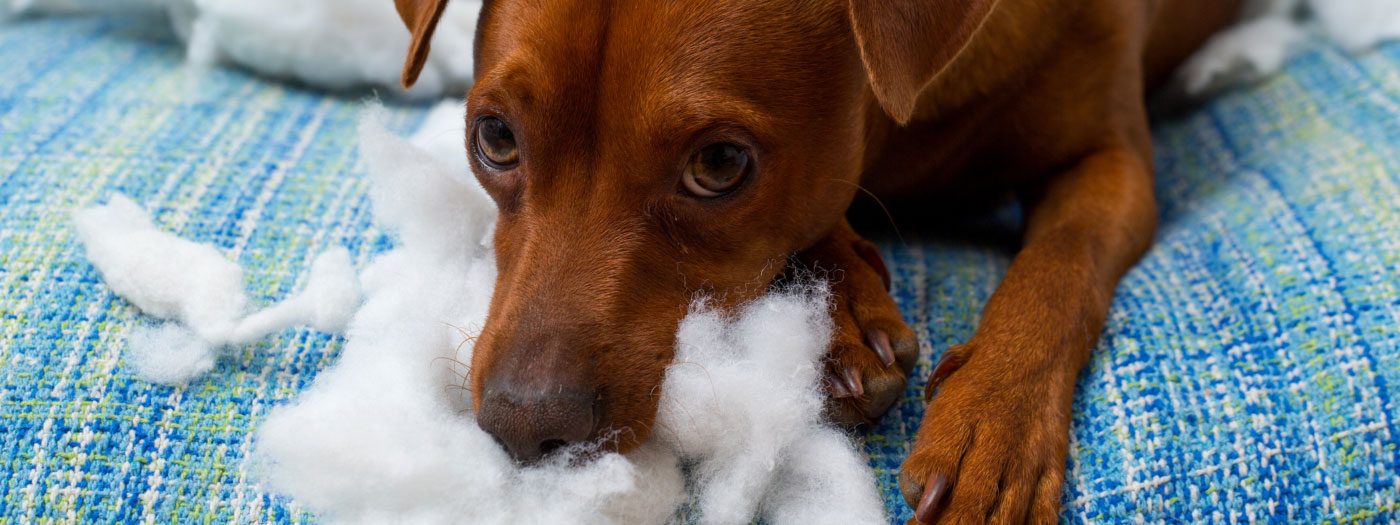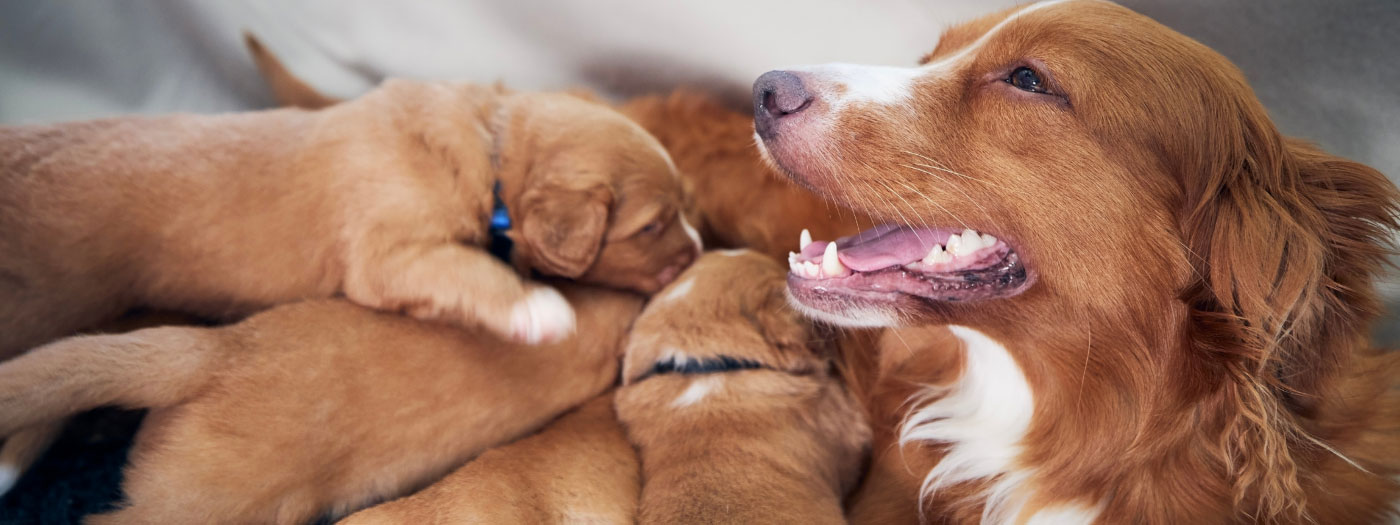
Many dogs struggle when left alone, but what we often call “separation anxiety” is more accurately described as separation distress. This is not about disobedience or “bad behaviour” – it is a deep, emotional response rooted in the way dogs bond with their humans.
What is Separation Distress in Dogs?
Separation distress occurs when dogs feel an overwhelming sense of loss or panic at being left alone. Unlike boredom or lack of stimulation, this is tied to their attachment system – the same biological drive that keeps puppies close to their mothers and ensures survival in the wild.
Neuroscientist Jaak Panksepp identified several core emotional systems in the mammalian brain. The one most relevant here is the GRIEF (or PANIC) system, which activates when social bonds are broken. In dogs, this system triggers distress calls, restlessness, and attempts to reunite with their person. In other words: when your dog cries, paces, or chews the door while you’re gone, it’s their GRIEF system in action, not a training “problem.”

Symptoms of Separation Distress
Dogs may show separation distress in different ways, but the most common signs include:
Vocalising: barking, whining, howling when alone
Destructive behaviour: chewing, digging, or scratching at exits
House-soiling despite being well-trained
Pacing, shaking, or drooling before or during separation
Escape attempts, sometimes leading to injury
Over-the-top greetings when you return
Causes of Separation Distress
Why do some dogs struggle more than others? The biggest cause of separation distress is due to lack of independence-training i.e. your dog does not know how to be alone and has not been taught coping mechanisms.
Some common triggers include:
Changes in routine (e.g., owner returning to work after being home)
History of loss or trauma (common in rescue dogs)
Strong dependency on one person
Sudden life changes (a move, new family member, or loss of a companion)
Ultimately, separation distress arises from an activated GRIEF system, a fundamental emotional response to social separation.
Gentle Treatment & Support
Helping your dog with separation distress takes time, patience and empathy. Here are key approaches:
1. Gradual Separation Training
Teach your dog that being alone is safe by starting with tiny absences (seconds) and slowly building up. This desensitises the GRIEF system over time.
2. Safe & Enriching Spaces
Provide comfort items, chew toys, puzzle feeders, and calming background noise. A familiar scent (like a worn T-shirt) can also reduce distress.
3. Mental & Physical Exercise
Daily walks, training games, and scent activities help reduce overall stress, making it easier for your dog to cope.
4. Calm Hellos & Goodbyes
Keep arrivals and departures low-key to avoid emotional spikes that fuel the cycle of distress.
5. Professional Guidance
Severe separation distress may need expert support. A qualified behaviourist can help design a training plan, and veterinarians may recommend medication in extreme cases.
Can Dogs Overcome Separation Distress?
Yes. With consistency and compassion, dogs can learn independence and gain confidence. Because this behaviour is rooted in biology, not misbehaviour, progress may be gradual – but with the right support, most dogs improve dramatically.
Separation distress is real, emotional suffering rooted in the mammalian GRIEF system. It’s not about a “spoiled” or “bad” dog, it’s about a loyal companion struggling with loss when you’re away.
At Gentled Animals, we use evidence-based, kind methods to help dogs through separation distress, building trust and calm independence. If your dog struggles with being alone, reach out. Together, we can guide them toward security and peace.
🧠 Science Spotlight: The GRIEF System
Did you know dogs (and all mammals) share core emotional systems in their brains?
Neuroscientist Jaak Panksepp identified the GRIEF (or PANIC) system – the one responsible for feelings of separation distress.
It’s activated when a puppy is separated from their mother, or when your dog is left alone.
The brain releases stress signals that drive vocalising, pacing, or escape attempts.
This system evolved to keep social animals together, ensuring survival.
In other words: when your dog cries or panics after you leave, it’s not stubbornness. It’s biology. Their brain is literally wired to feel distress when apart from loved ones.